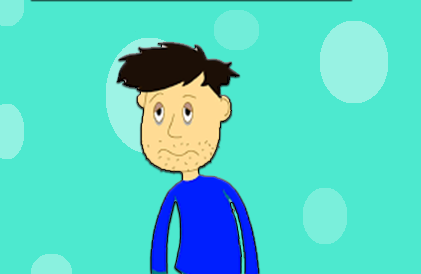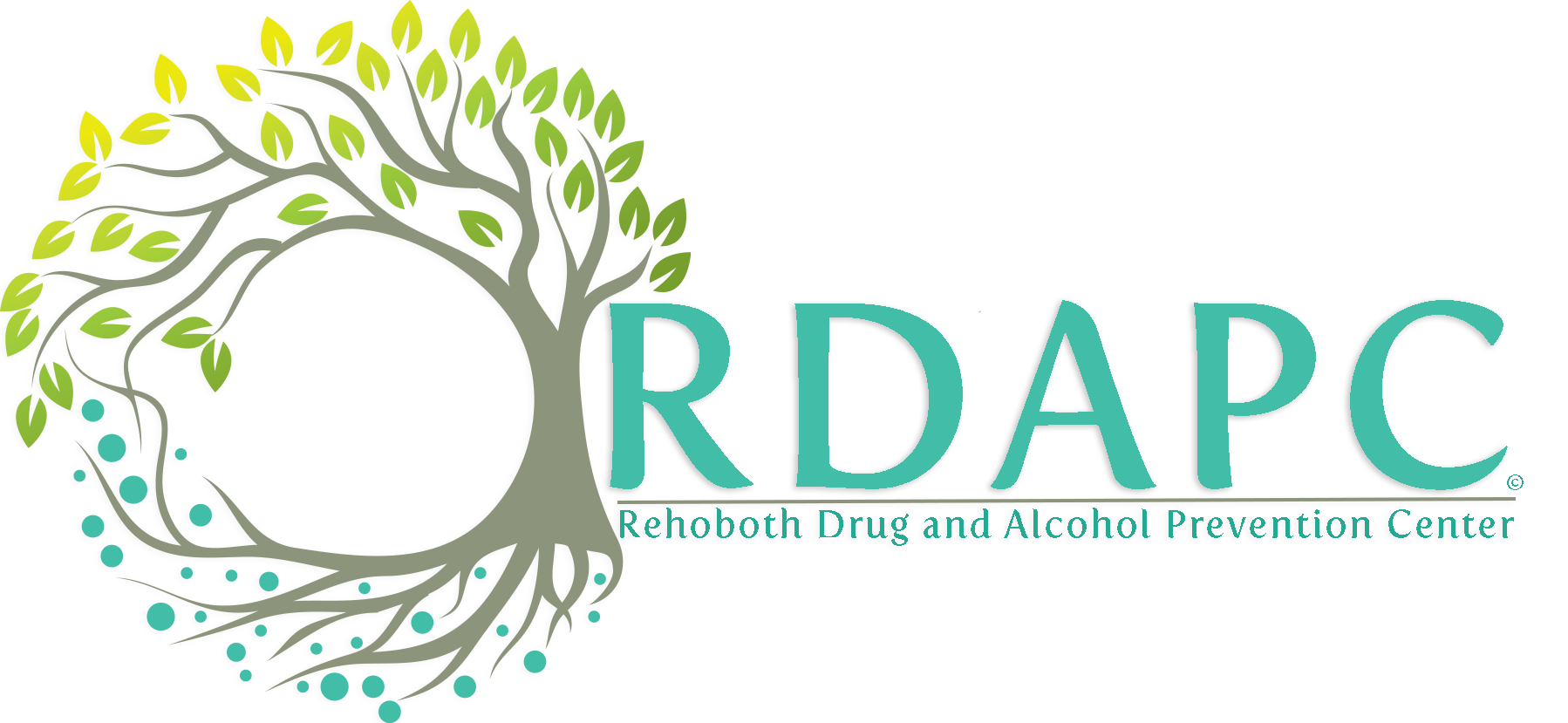Get Help

Statement of Need and Request

Alcohol and other drug dependencies are widespread, chronic diseases that are responsible for huge economic and societal costs. According to a recent study by the Substance Abuse and Mental Health Services Administration, an estimated 23.9 million Americans aged 12 or older (9.2% of the population) had used an illicit drug or abused a medication (such as a pain reliever, stimulant, or tranquilizer) in the past month. In addition, 17.7 million Americans (6.8% of the population) were dependent on alcohol or had problems related to their use of alcohol. Drug and alcohol use are significant problems in Los Angeles County, the area served by RDAPC. Drug overdose, including unintentional alcohol poisoning, is the 4th leading cause of premature death in Los Angeles County and the 17th leading cause of death overall. In addition, drug offenses account for the highest percentage of felony arrests in Los Angeles County.
Abuse of alcohol and illicit drugs costs our country approximately $417 billion annually in costs related to crime, lost work productivity and health care. Substance use disorders negatively affect family members, increase absenteeism and poor job and school performance, and are associated with crime, violence, and accidents.
Many people erroneously believe that drug addiction is simply a failure of will or of strength of character. However, research has shown that this is simply not true. The recognition that addiction is a brain disease, however, does not mean that the addict is simply a hapless victim. Addiction begins with the voluntary behavior of using drugs, and addicts must participate in and take some significant responsibility for their recovery.
National Institute on Drug Abuse. DrugFacts: Nationwide Trends.
reduce medical visits, mental health problems, and HIV risk behaviors. Furthermore, the restoration of the ability of addicted individuals to be functioning, contributing members of society, in turn, allows for increased tax revenues from earned income.
However, despite the benefits drug treatment and recovery programs have, a significant “treatment gap” exists. An estimated 23.1 million Americans needed treatment for a problem related to drugs or alcohol, but only about 2.5 million people received treatment. Despite the proven need for and benefits of programs like ours, public funding for programs like ours remains insufficient to meet the need in the community. As a result, we are seeking support for our programs and services from the community. We respectfully request a $X,000 contribution from the FOUNDATION to support Rehoboth Drug and Alcohol Prevention Center and the programs and services we provide. Unfortunately, without community support, people who are looking for treatment in order to turn their lives around will be unserved.
